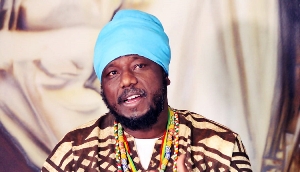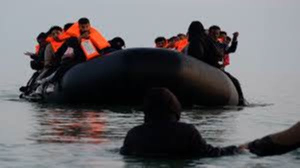The Daily Graphic after a search through its archives, carries that Members of Parliament (MPs) in both the First and Second Parliaments of the Fourth Republic were given loans to purchase vehicles. In 1993, a total of 890 million cedis was disbursed to 178 MPs to acquire their own vehicles.
The paper on September 22, 1993, carried that the MPs were being given the cars to enable them to commute between their homes and Parliament and also to meet schedules within their various constituencies.
It says it has gathered from a reliable source at the office of Parliament, that the remaining 22 MPs did not apply for the credit facility put at 5 million cedis for each MP and reportedly arranged through then Ghana Commercial Bank (GCB), which serviced 98 MPs, and the Social Security Bank, which catered for the remaining 80.
A letter from Parliament to the banks stated in part that the purpose of the loans was for "procuring motor vehicles for daily schedules within and outside their constituencies".
According to the source, the MPs were made to open an account with the two respective banks as part of the conditions for granting the loans. Although it could not spell out the full details of the transaction, the paper’s investigations indicated that it was mooted from the office of the then Majority Leader and Minister of Parliamentary Affairs, Mr J. H. Owusu-Acheampong.
The source could also not tell whether the loans were guaranteed on behalf of the MPs by the government, and also refused to comment on the mode of payment, but said it was established that the loan would spread over a period of four years.
Attempts by the "Graphic" to find out at the GCB the exact percentage chargeable on the loans, as well as details of the terms of repayment, were foiled as officials were tight-lipped. However, unofficial sources at the bank revealed that the loans were of a concessionary nature and would therefore attract very low interest rates.
At the SSB where officials were very cooperative, the "Graphic" was told that interests chargeable on the loans had been fixed at 29.5 per cent, which was the normal commercial rate. All the loans were insured, the officials said. Meanwhile, most of the MPs had procured their own vehicles.
For the Second Parliament, MPs were given the go-ahead to take loans of 26 million cedis each (about $15,000 at that time) to buy vehicles. The report carried by the May 13, 1997 issue of the "Graphic" said that members who had duty post cars were exempted from the exercise.
Mr Owusu-Acheampong in an interview had said that members would pay the normal interest, just as beneficiaries in the Civil Service. Indications were that if the members were unable to pay for the cars before their four-year term ended, they would have to repay with their end of service benefits.
Samples of Peugeot 406, VW Vento and KIA cars were put on display at the precincts of the House to enable members to pick and choose what they wanted. Indeed, Peugeot, which was selling its cars at 28 million cedis, wrote to say that since Parliament was requesting 26 million cedis, it had agreed to further reduce the landed cost of the cars to that level.
Investigations conducted by the "Graphic" on Wednesday (10th October, 2001) revealed that almost all the MPs who benefited from the loans for the cars in 1996 are yet to finish paying off the said loans.
It would be recalled that under the regime of the late Dr Hilla Liman in 1979, the government purchased Peugeot saloon cars for all MPs at a cost of a little over 4,000 cedis (about $1,455 at that time). The cars were however retrieved from the MPs after the overthrow of the regime.
Editorial News of Thursday, 11 October 2001
Source: --












